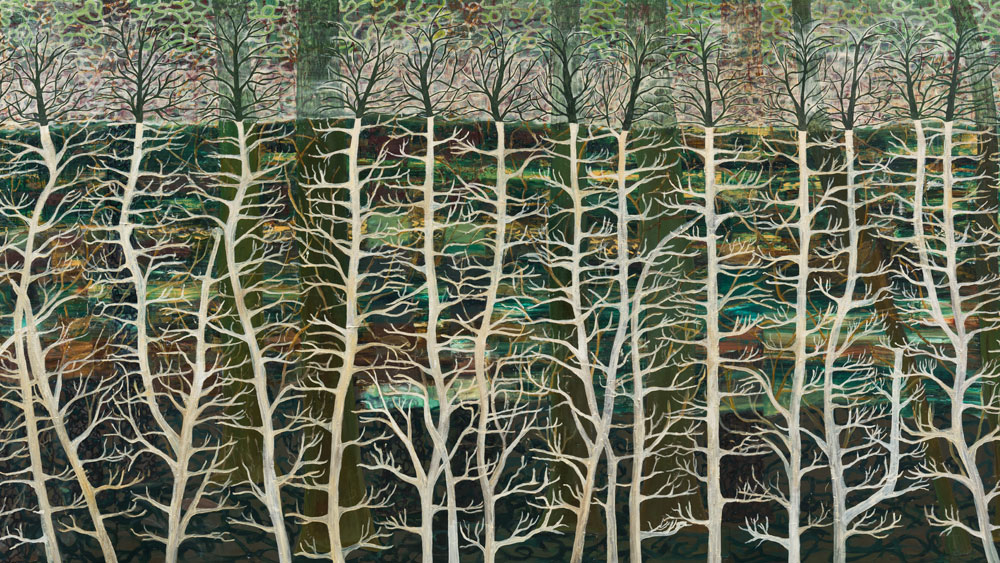What is a collection? How is it formed, how does it come into life, which whole is represented by its parts? Anders Olofsson, former collection manager at Public Art Agency Sweden, managed the Agency’s extensive acquisition project The Corona Collection during 2021. Here, he explains what, in all its diversity and scope, it reflects, whispers about and tells us.
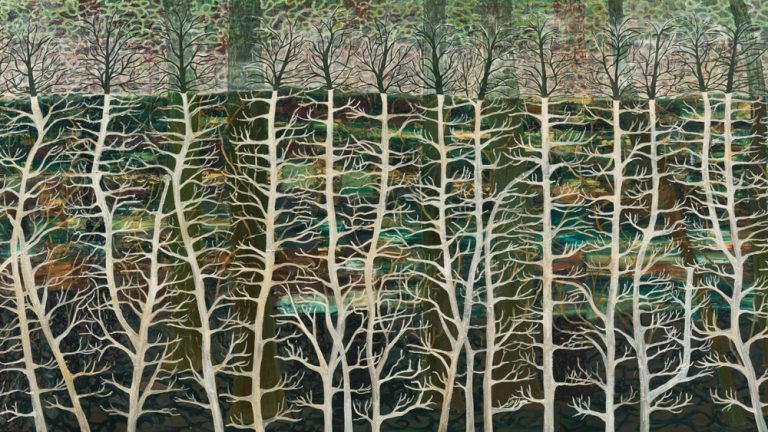
A biological internet
Look here: a tree. Its roots reach deep down into the earth, firmly anchoring it against the ravages of nature. Over the years, the branches strive ever higher upwards to the sky and reach out towards the neighboroughing trees, seeking light and contact. Recent research has demonstrated that trees communicate with each other. Perhaps they form a worldwide communication network: a biological internet conveying stories about the world in which they live.
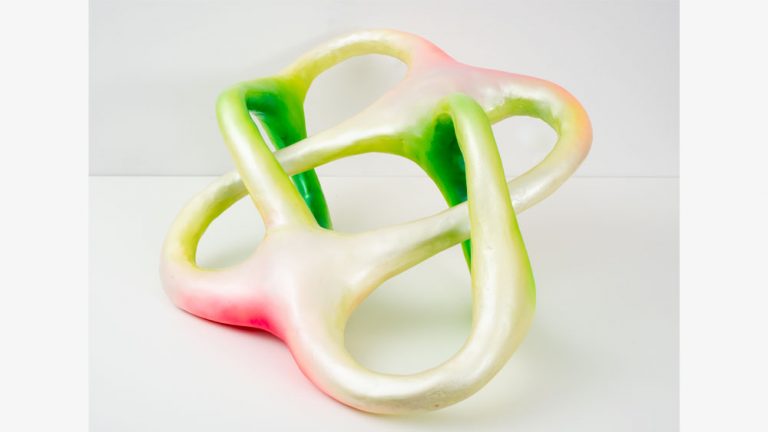
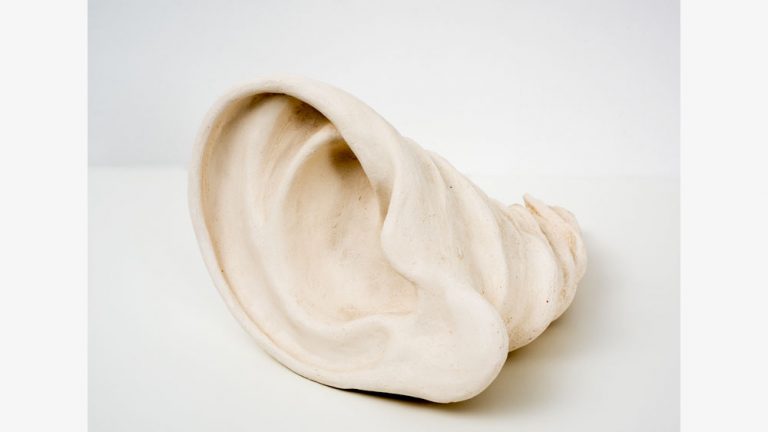
The same applies to an art collection. Or rather: it applies to all art collections. Viewed from a limited point of view, art collections are solitary phenomena, a number of objects united by an idea, a narrative or a place. But if one expands one’s view, one realises that they are conversing with each other. This becomes particularly apparent through the constant process of loaning and lending that almost all art collections are subject to.
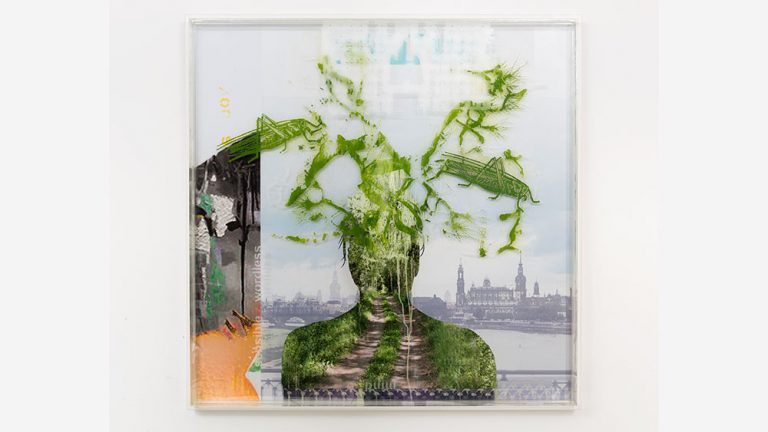
The collection also branches out into smaller public places
The state art collection currently comprises more than 100,000 works, most of which are placed at government workplaces throughout the country, including universities, district courts and local tax offices. The collection also branches out into smaller public places such as remand centres, prisons and forensic investigation units. Every year, in excess of 1,000 works are placed, and just as many are returned in order to, at a later stage, be subject to new placements. The tree continues to grow, its parts communicating with one another through time and space.
Seen from this perspective, the Corona Collection is not an exotic plant in the garden of art, but another branch of the state art collection tree. Being able to acquire art for the sum of SEK 25 million in one year is, of course, unique, and the works will find their way to the public in exactly the same way as all our acquisitions have done since 1937. Presently, they exist as a cohesive collection within the collection. In time, each work will appear in a new context and enter into new dialogues with the other works in the collection. They will speak with older and newer works, and say something about what we experienced in 2021, even when the word “corona” once again will refer to a Mexican brand of beer.
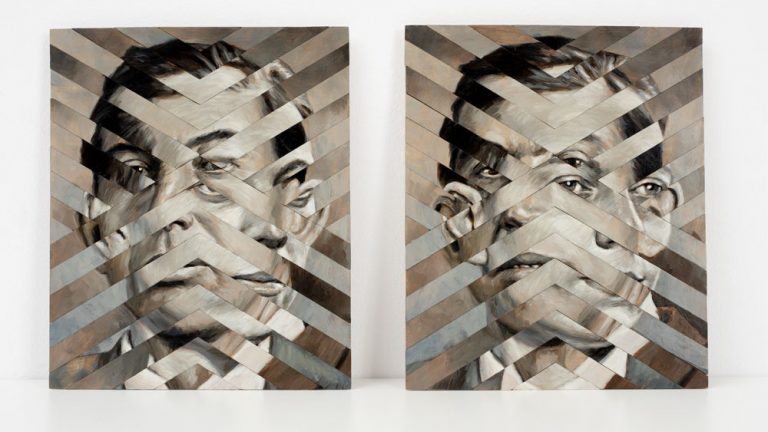
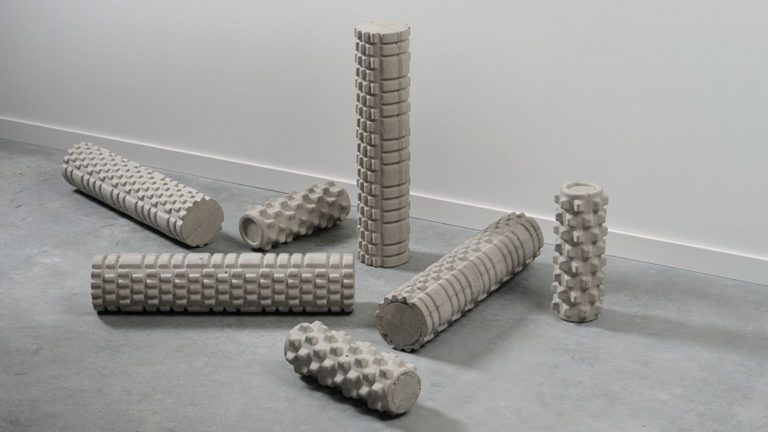
But before that happens, let us listen to what the wind in the treetop is whispering. More than 500 artworks and 350 artists. What are we seeing, which stories are we listening to? Although not reflecting a statistical average of Swedish art in 2021, the Corona Collection does, however, intersect the Swedish art scene in numerous unexpected ways and in surprising depth. The first word that strikes me is wealth. Followed by breadth, strength, vitality. If there is one thing those of us who have worked with the Corona Collection agree on, it is that the country’s art scene is teeming with artists, gallerists and curators who refuse to give up.
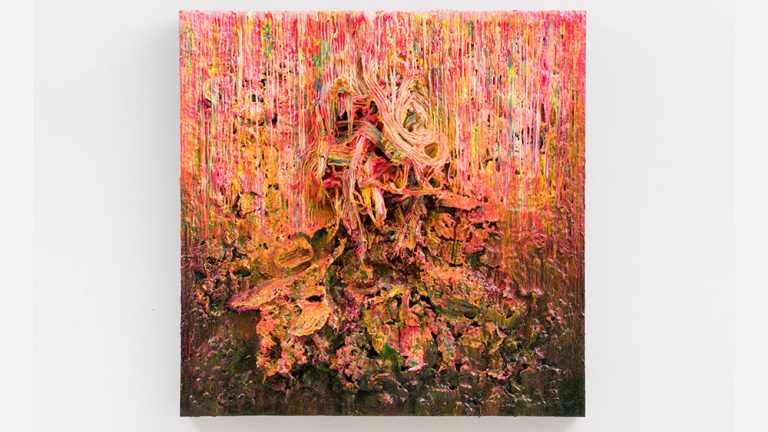
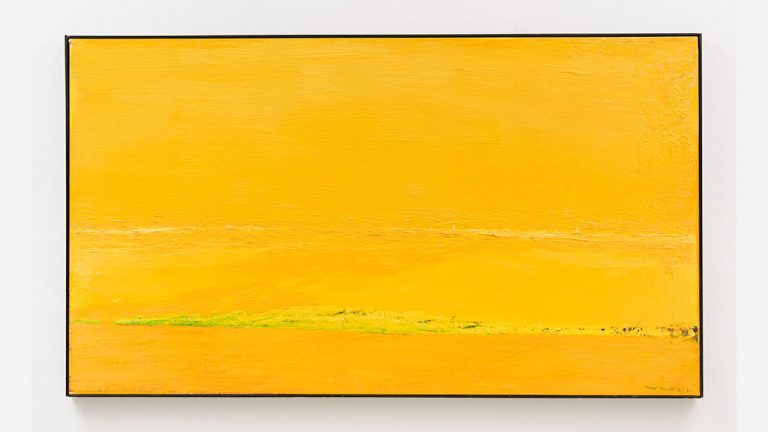
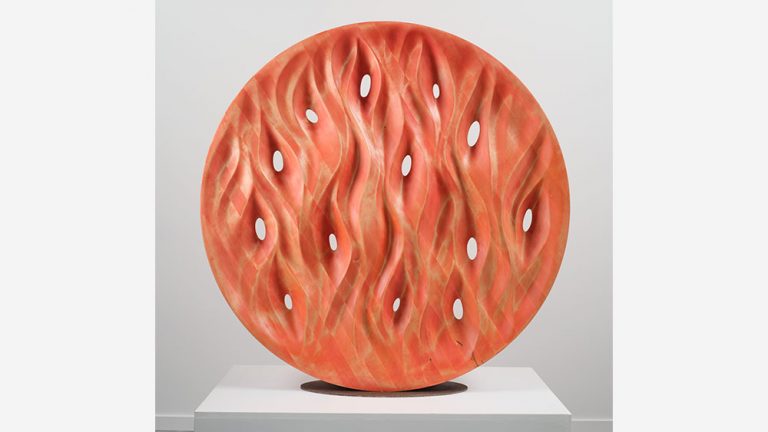
An open call directed to artists in the entire country
It is no secret that Swedish art is dominated by the country’s three metropolitan regions, Gothenburg, Malmö and, in particular, Stockholm. This is the case in most countries where urbanisation has occurred more or less unhindered. Public Art Agency Sweden, however, has always worked consciously to reach out to artists in the entire country, which is also the mission expressed in our appropriation directions. In creating the Corona Collection, we have taken note of the Government’s words and spirit as a pretext to think innovatively and flexibly. An open call directed to artists in the entire country and a string of digital portfolio presentations in collaboration with the regions has ensured that we have seen art that often has been overshadowed by the major cities’ institutionalised art scene. Our art consultants have energetically explored and consulted with their networks in order to go beyond the well-trodden paths.
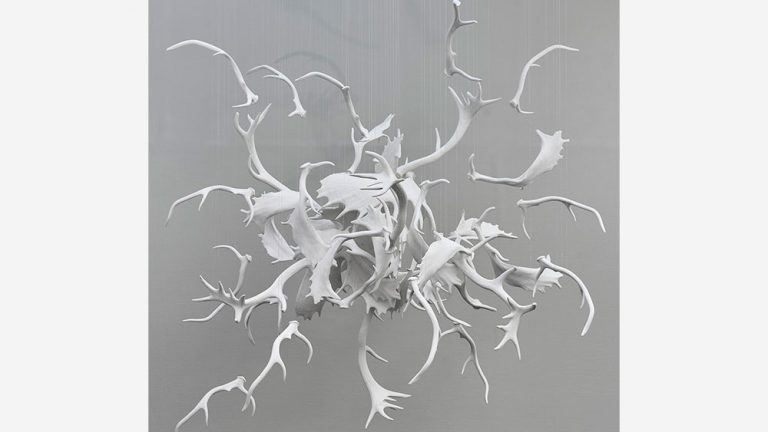
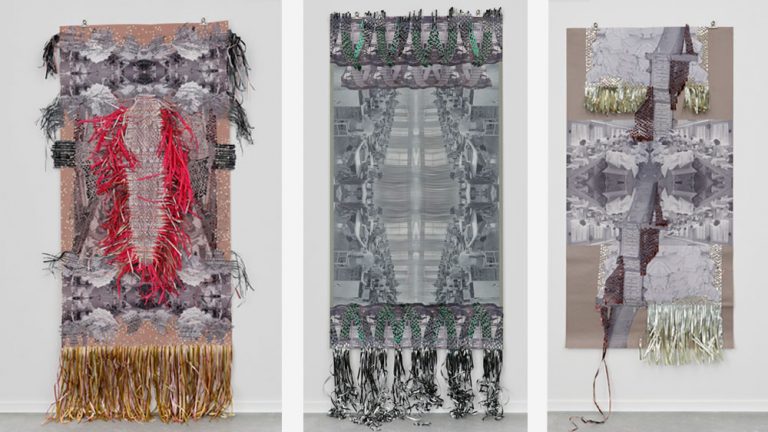
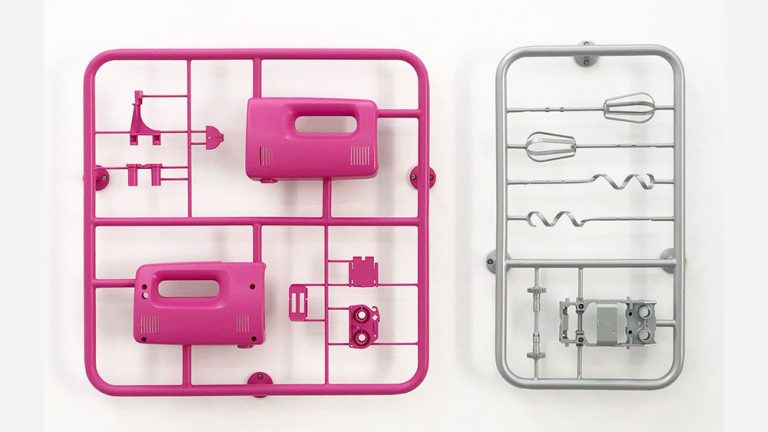
That some 30 percent of artists whose work we have acquired live outside the metropolitan areas of Stockholm, Gothenburg and Malmö may not in itself seem so impressive. But that 50 percent of the works purchased for the Corona Collection are by artists who have never previously sold work to us, that raises eyebrows. Are we, the experts, out of touch? I don’t think so. Rather, it says something about the diverse and intricately intertwined Swedish art scene. No one can claim to have a total overview, no one knows everything or sees everything. Fortunately, we can still be surprised and encounter art practices that have not only flown under our radar – they have quite simply evaded capture by any type of existing system of art surveillance.
In acquiring works for the Corona Collection, it has been important to involve as many members of our organisation as possible in the selection process. As the process has advanced, we have increasingly asked ourselves: What awaits us on the other side? Now we have the answer: a bouquet of stories of our time and of Sweden right now. A network of branches that, on closer inspection, takes on the shape of a kaleidoscope.
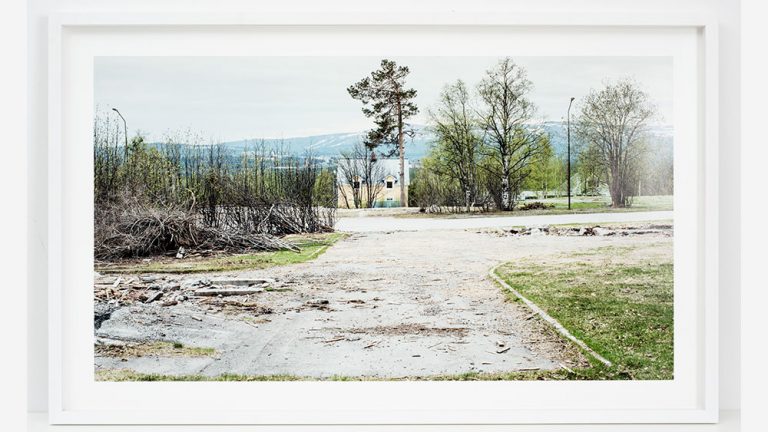
Nature – above all the forest – has always played an art-historically important role in Sweden. And so too in the Corona Collection. Trees invite us to observe them, alone, in groups, fallen, standing tall, scraggy or verdant. However, it is not nature as such that appears to catch the eye of the artists but rather the endangered and vulnerable nature they seek. The nature in which we look for tranquillity and recuperation, and which, paradoxically, we do our best (or worst) to banish into botanical oblivion.
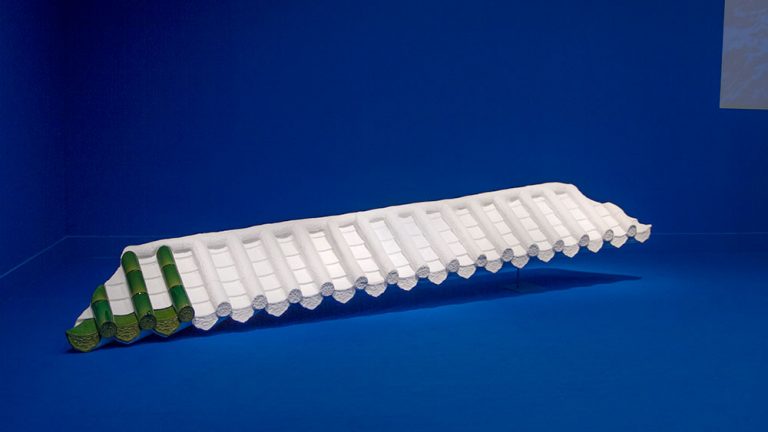
Many of the works in the Corona Collection deal with other forms of forgetfulness and memory. Several of the artists have a background in countries other than Sweden. In their new country, memories and fragments are brought to life. They merge with experiences from Swedish culture, provide depth and perspective on their own identity, and also on the rest of us. Artists frequently process their subject matters with techniques that require much time and consideration, from charcoal and graphite to diligent archival work.
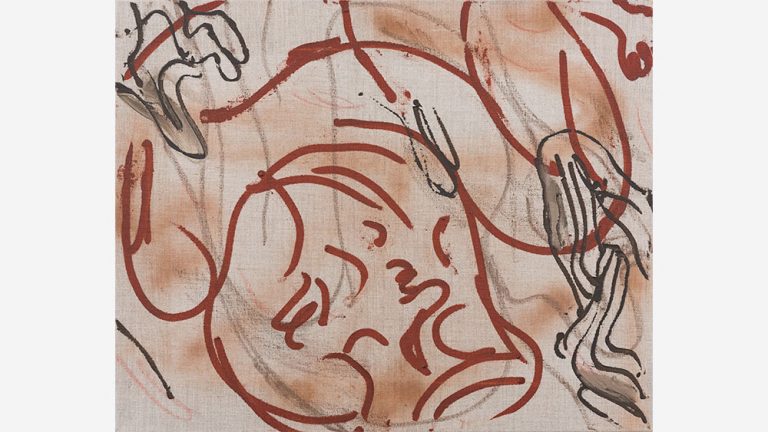
Time and low-intensity work
Time itself is a theme in the Corona Collection. In an era when deep and powerful experiences are easily replaced by a manic flicker and where a global pandemic makes us completely event-driven, artists seem to be moving in the opposite direction. The works are often a result of low-intensity and protracted labour, via processes that neither can be accelerated nor reduced by taking short cuts. In many cases, the lodestar is a genuine love of the working material, no matter what it consists of.
Time is also history. The oldest artist in the Corona Collection exhibited their work for the first time more than three decades before the youngest artist in the collection was born. The dates of birth of the artists span 65 years, from 1930 to the mid-1990s – largely the period during which the modern Swedish welfare state was developed. With this in mind, it is perhaps fitting that the Corona Collection has been created during a year when a global crisis swept over us in the form of an insignificant virus of obscure origin somewhere in Asia.
Look here: a tree. A collection. Coming soon to a place near you.
Author: Anders Olofsson, previously coordinator of art applications and acquisitions at Public Art Agency Sweden. Responsible for the acquisitions for the Corona Collection.
